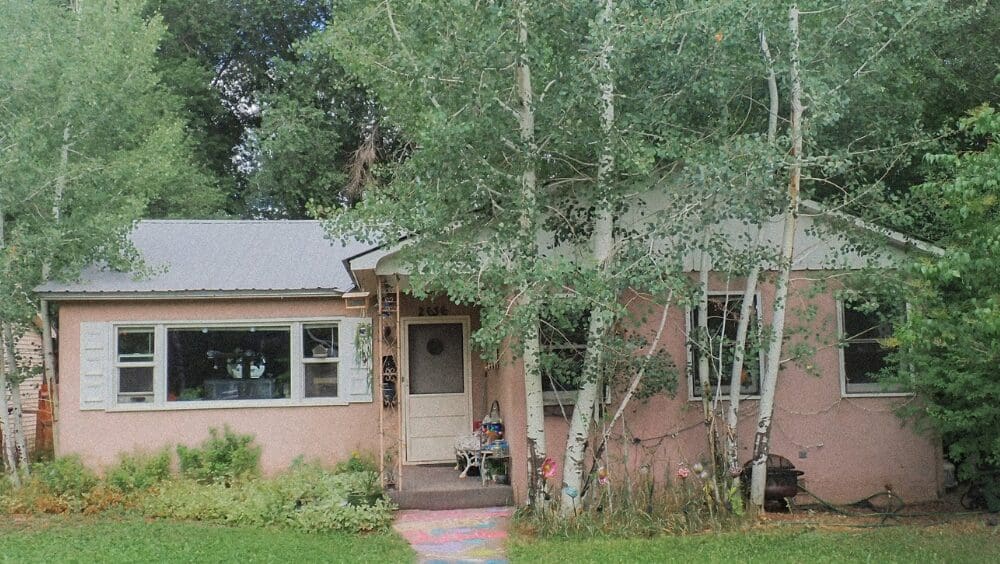
It’s a question that Lincoln, Nebraska real estate agent Joanne McCoy fields multiple times a week, if not daily, she says. “Is this a good time? Is this the best time? When’s the best time to sell?” she echoes. Ask a group of homeowners which time of year is best to sell a house, and you’ll probably receive a mix of responses. Many homeowners assume that spring and summer are the best times to sell, but that isn’t always the case. Location matters, too. Sweltering summer conditions in desert states such Arizona or New Mexico could hinder buyer traffic at your open house, while a mild Pacific Northwest summer may attract buyers in droves. While it may be nice to try and time the market, to list your home on the perfect month and day for peak success, the perfect time to sell ultimately depends on your needs as the seller. Every season has its benefits and drawbacks for home sellers. We spoke with top agent McCoy, who maintains an impressive track record selling homes, to find out how different seasons affect the selling process. McCoy successfully closed 100% of her listings while completing more sales than the average local agent. She shared her experiences about the challenges and benefits of selling a home at different seasons during the year. As the winter chill thaws and spring bulbs appear, once-dormant homebuyers emerge from their wintery refuge en masse. According to a 2019 National Association of Realtors (NAR) trend analysis, home sales tend to pick up around the same time the mercury starts rising — by 34% between February and March. Prices also typically increase as demand quickens between the two months, adding a 3% boost to sellers’ bottom lines. According to a HomeLight nationwide sales report, sellers coming out of the winter months also tend to sell their homes faster in March than in February — although not as quickly as the summer season. Homes sold in February sit on the market 11.22 days longer than average, while homes sold in March take only 5.95 days longer than average to secure a buyer. Along with warming temps that prod homebuyers from their homes and into open houses, increasing daylight hours illuminate home interiors, transforming dark winter rooms into a coveted light and bright aesthetic. Mild spring temperatures and ample sunlight encourage vibrant gardens and plush emerald lawns that entice buyers with curb appeal. With mild temperatures and an increase in buyer foot traffic, spring may seem like an ideal time to sell your home. However, your competition has the same idea, making it important to present your home in tip-top shape. And since spring weather signals the start of home improvement season, high demand for contractors and designers could make pre-sale repairs tough to schedule. Benefits of selling in the spring: Drawbacks to selling in the spring: Many consider the summer months peak real estate season, and for good reason. The buyer uptick sellers see in spring shifts into overdrive when the long days of summer arrive. The months of May, June, and August see the most action, as those months account for 40% of annual real estate sales volume. Home buying fervor tends to peak in June, says NAR. An abundance of buyers clamoring to buy during the summer months send prices up while homes stay on the market for less time. Homes that sell in July and August do so faster than other months out of the year, at 5.92 days and 5.86 days faster than the average, respectively, per HomeLight. And summer prices spike slightly, averaging 1.37% higher than average selling price from June through August. Children sporting swimsuits instead of backpacks give parents a hard deadline — families often prefer to close on a new house before the school buses rev their engines in the fall. As a seller, you’re also less likely during the dry summer months to encounter a downpour while loading a designer sofa into your moving truck. Summertime home sellers tend to experience higher demand than during other seasons, but competition also increases as other homeowners hope to land a successful sale during this peak real estate wave. And sellers in notoriously scorching climates, such as southern states known for triple-digit afternoons, may want to devise a selling plan to work around intense summer heat, which could keep some buyers from venturing out for a home tour. Benefits of selling in the summer: Drawbacks to selling in the summer: When the weather turns from balmy to brisk, sandals make way for sweaters and pumpkin spiced lattes. For McCoy, fall is her favorite season to sell a home. The season provides softer lighting, mild temperatures, and pretty weather foliage as a backdrop to your home, she explains. And “people can potentially get in and make their move before the holidays,” McCoy adds. According to HomeLight’s nationwide price trend data, homes that sell in October and November garner the highest sales prices compared to other months in the year, with pricing trends that run 2.32% and 2.42% higher than average. The fall season also comes in second behind summer months if your goal is to sell quickly, with homes spending between 2.03 and 3.3 fewer days than average on the market. Despite this, buyer traffic tends to dip in the fall months, suggesting that serious buyers stick around after the summer rush. According to data obtained from ShowingTime, which tracks the average number of residential home showings on an active property listing, showing activity dropped by 21.5% nationwide between August 2020 and November 2020. Benefits of selling in the fall: Drawbacks to selling in the fall: Between kids on winter break and setting the table for a holiday feast, sellers and buyers alike may not want the hassle of moving when there’s already a flurry of year-end activity to contend with. When looking at national data, winter sales figures trend lower than other times of the year. According to NAR, the months of November through February tend to be the slowest months of sales activity, with January as the slowest. And according to HomeLight’s data, homes that sell in the months of December, January, and February spend more time on the market, on average. The worst month to sell if you’re in a rush? January, when homes sit on the market for 14.13 days longer than average. McCoy reveals that winter buyers tend to be more serious about finding a home, and sellers have less competition with fewer homes on the market during the cold season. “I feel like [buyers are] more in need of buying. Otherwise, why would they be looking in the winter months when it’s not ideal conditions?” she points out. However, McCoy also notes that sellers may want to remain flexible about pricing in winter months since buyer demand drops along with the number of market listings. In some cases, it may be worthwhile “to settle for a little bit less just for the convenience of not having to be on the market that long, when the weather is not ideal or conditions are not as ideal.” And while homeowners who list their home during winter months can entice buyers with inviting holiday decorations, McCoy points out that sellers should maintain their home for buyer tours. For example, keep walkways and driveways clear of snow and ice. Benefits of selling in the winter: Drawbacks to selling in the winter: For best price: HomeLight’s nationwide market trends report suggests that you can expect the best price for your home if you list at the end of summer, in August. Allowing for a 90-day timeline for marketing and closing, you’ll complete your home sale in November. For speed: If selling quickly matters most, your best bet is to list your home in April to complete the sale by July. According to HomeLight’s data, you could sell your home six days faster than any other month. Timed with location: While national data paint one picture, real estate trends remain hyper-local. Your location drastically impacts which season may be best to sell. For example, McCoy says job relocations for large employers, such as universities, could bring potential buyers to an area during a specific time of year, potentially bolstering buyer demand. Employees starting a new job in January, for example, would end up relocating to the area and searching for a home during the winter months. Ask our “best time” calculator: For sales trends specific to your city, check out HomeLight’s Best Time to Sell Calculator. The free online resource reveals when homes in your area typically garner higher sales and fewer days on the market, which can help you net more money and sell in fewer days. What fits the need: Sellers can achieve a successful sale regardless of the time of year. But your motivation for selling, along with the timing that works for your situation, ultimately dictate the best time of year to list and sell your home. There are pros and cons to selling in any season, but what’s the best time to sell a house? The quick answer, according to McCoy: “Whenever you need to sell.”Spring
Summer
Fall
Winter
So what’s the best season to sell a home?



